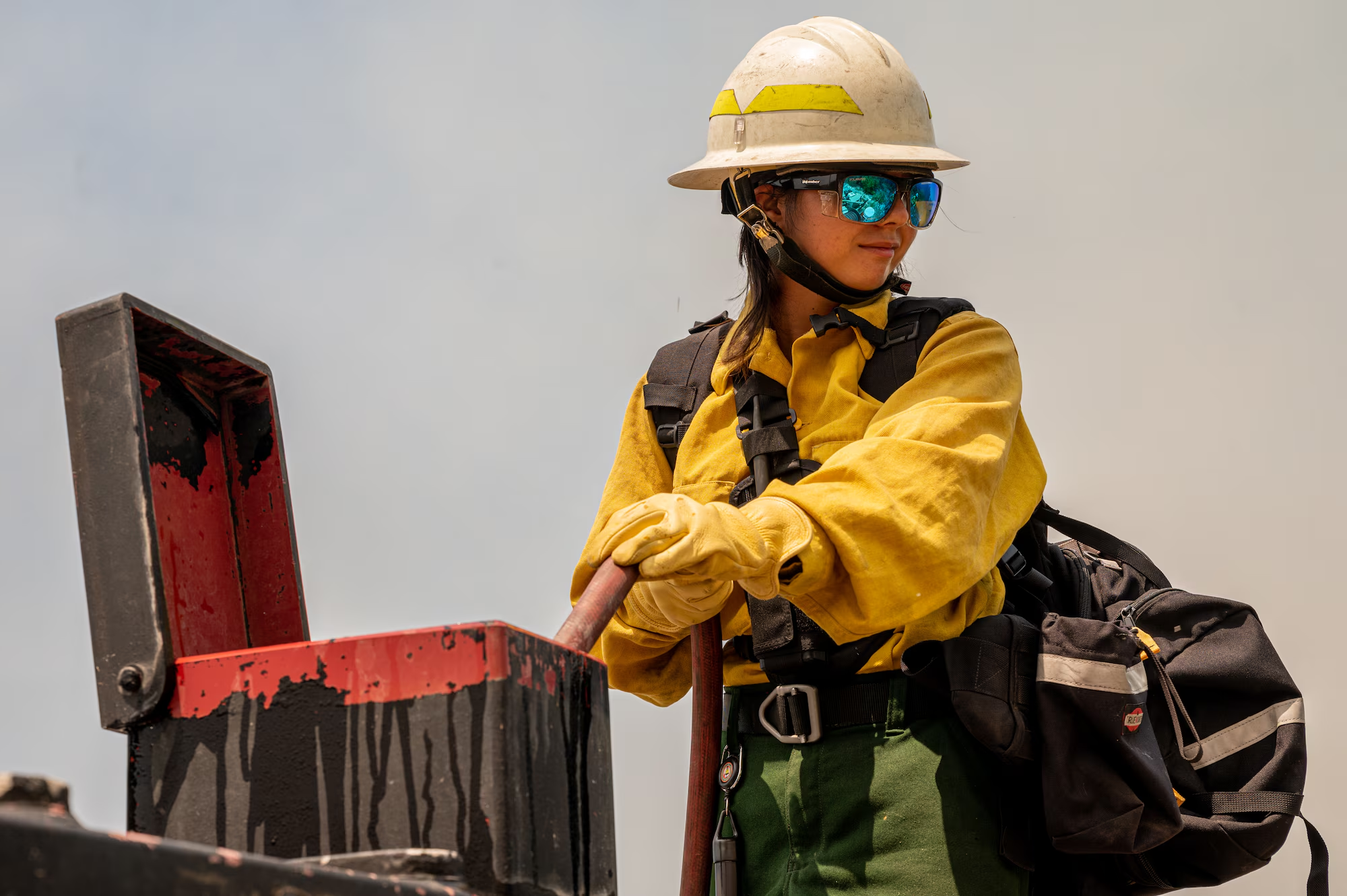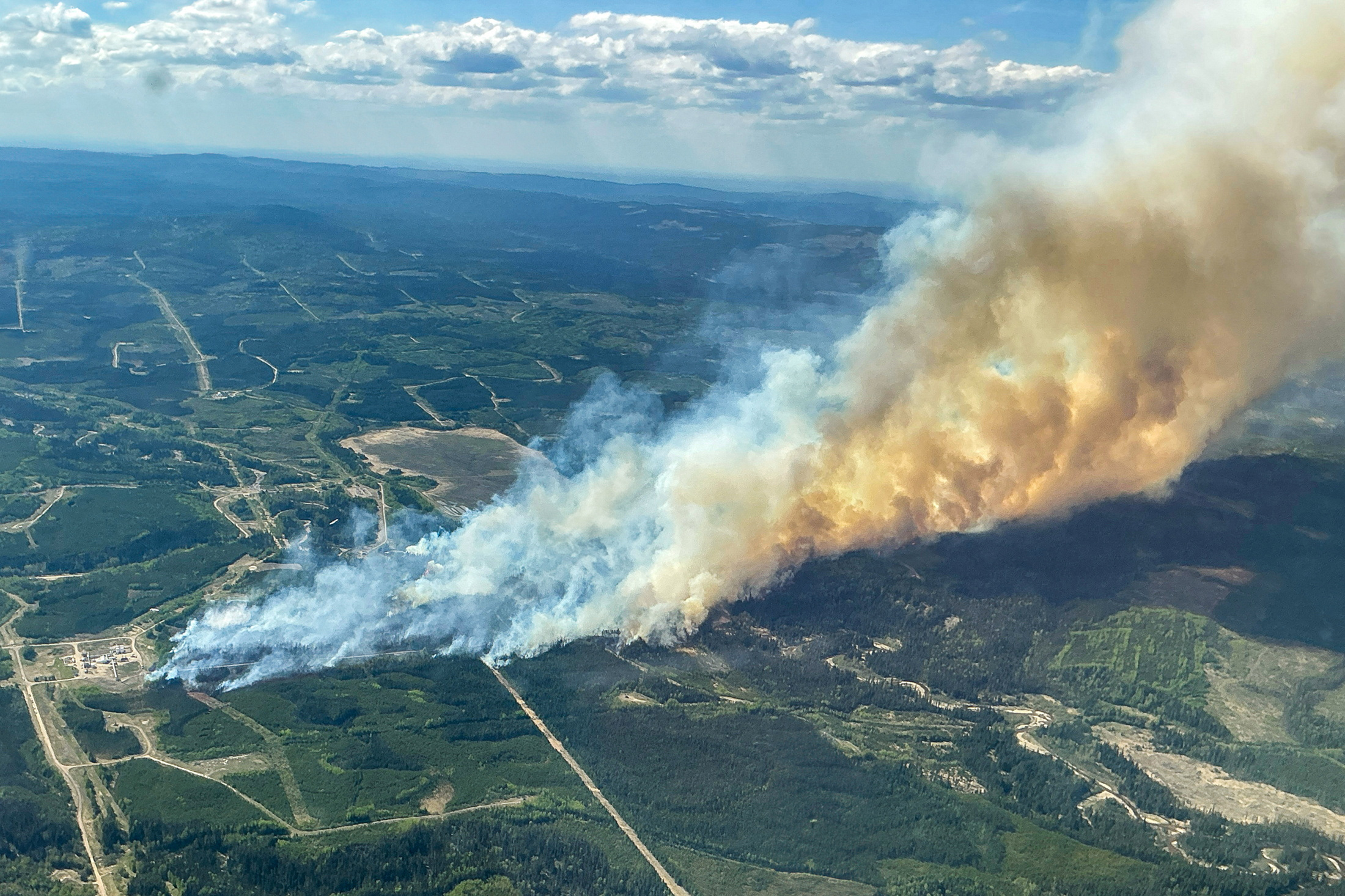The town of High Level, Alberta, faces a dire reality as it announces the closure of its evacuation center amidst escalating wildfires. This decision not only puts thousands at risk but also exposes the systemic failures of government support in addressing climate-induced crises.
High Level"s Struggle with Wildfire Evacuations
For the past six summers, High Level has transformed its arena into a refuge for wildfire evacuees, accommodating up to 350 people at a time. Municipal staff, often stretched thin, have dedicated up to 17 hours a day to ensure that evacuees are fed and cared for. However, as reported by the CBC, the strain on resources has become unbearable. In late May 2025, as wildfires consumed vast areas of Canada, the town announced it would no longer host evacuees.
Financial Burden of Evacuations
The mayor of High Level, Crystal McAteer, expressed deep concern over the financial implications of hosting evacuees. In 2024 alone, the town incurred costs of $1.4 million, representing over 10% of its annual budget. Despite these expenditures, reimbursements from higher levels of government remain elusive. This financial neglect underscores a troubling pattern: as climate disasters become more frequent, municipalities like High Level are left to shoulder the burden without adequate support. According to Nature, the increasing intensity of wildfires demands a reevaluation of how municipalities are funded during emergencies.
 Air ..." class="w-full max-w-3xl mx-auto rounded-lg shadow-lg" loading="lazy" />
Air ..." class="w-full max-w-3xl mx-auto rounded-lg shadow-lg" loading="lazy" />Where there"s smoke, there"s Wildland Fire Fighters > Air ...
Unequal Support for Indigenous Communities
The situation is particularly precarious for Indigenous communities, as the town hosted evacuees from two First Nations, the Little Red River Cree Nation and the Dene Tha’ First Nation. McAteer stated that they are currently awaiting reimbursement from the federal government, which is especially concerning given that the First Nations are still finalizing their claims. The federal government’s lack of transparency on the funds allocated for these communities highlights a systemic issue in how Indigenous peoples are treated during climate crises. This inequality exacerbates existing vulnerabilities and undermines the principles of social justice.
Provincial Inaction on Evacuation Infrastructure
McAteer has long advocated for a purpose-built evacuation center—a facility that could serve multiple functions beyond emergency shelter. Such infrastructure could alleviate the pressure on already strained municipal staff and resources. Yet, as she notes, the provincial government seems unaware of High Level"s unique position to provide critical support during disasters. This lack of foresight in planning reflects broader failures in addressing climate change impacts on local communities.

Wildfire in Alberta disrupts oil operations and prompts ...
Growing Crisis of Wildfire Management
Experts warn that the challenges faced by High Level are indicative of a larger crisis regarding wildfire management across Canada. Jack Rozdilsky, an associate professor of disaster and emergency management, emphasizes the need for a comprehensive strategy that not only streamlines evacuation processes but also ensures that municipalities receive swift financial support. As the Canadian wildfires continue to worsen, with some areas facing the most destructive blazes on record, the question looms: how many more communities will be left vulnerable before decisive action is taken? The federal and provincial governments must prioritize funding and infrastructure to ensure that local municipalities are not left to fend for themselves during these escalating crises.








